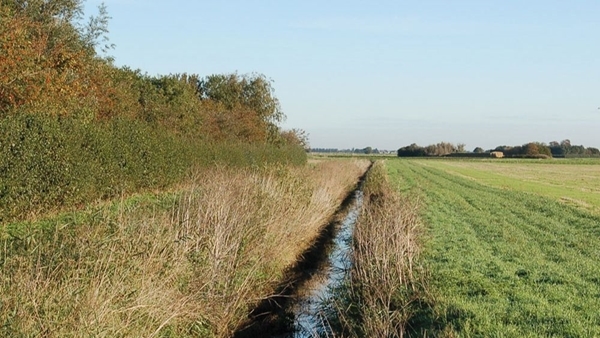It’s that time of year when hedges are cut back:
.

Hedgebank and hedge near Wrangworthy… © David Smith cc-by-sa/2.0 …
.
Research from the Game and Wildlife Conservation Trust shows that hedgerows are one of the most important features for farmland wildlife providing shelter, breeding sites and food resources for the majority of our farmland wildlife including birds, mammals, invertebrates and plants:
.
How to deal with hedges

Our research has shown that hedgerows are one of the most important features for farmland wildlife providing shelter, breeding sites and food resources for the majority of our farmland wildlife including birds, mammals, invertebrates and plants.
Along with woodland they also provide a stable environment that is largely free from agricultural inputs and operations. Some of this wildlife is also beneficial for farming and the environment. Hedgerow plants can help filter the air to remove pollution, prevent spray drift and inhibit the movement of water and soil.
Where hedgerows are remnants of pre-existing woodland or the hedgebase was once part of speciesrich grassland, then rare species may also be present with up to 130 species being known to occur in ancient hedgerows. Hedgerows, including the hedgebase, can also support a staggering 1,500 invertebrate species from 70 different families, with more botanically diverse ones supporting greater invertebrate diversity.
How to deal with hedges | GWCT
.
Our hedges are our heritage:
The Devon Hedge Group protects and promotes Devon’s world-class hedges.
Here’s an excellent map from them:
https://devonhedges.org/wp-content/uploads/2015/11/Interactive-Distinctive-Hedge-Map-Devon.pdf
And the county council has some helpful pages: